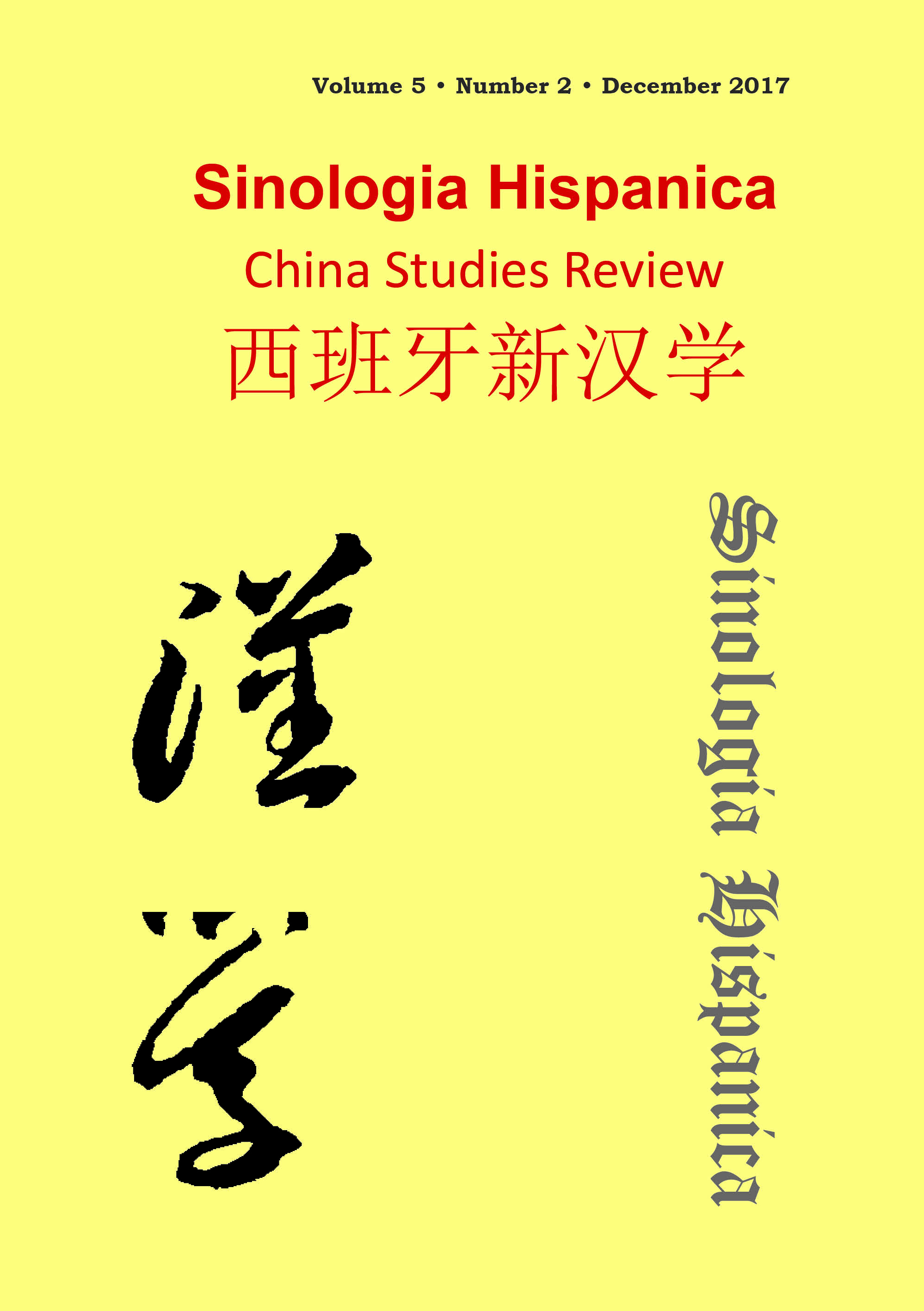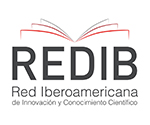A Case Study on Traditional Folk Arts in a Rural Community of Jidong District: from Language and Culture Life Perspective
DOI:
https://doi.org/10.18002/sin.v5i2.5410关键词:
Jidong, language life, folk arts.摘要
The current research studies the language and culture life in a rural community in
Jidong area with the investigation methods of questionnaire and interview. It also analyses the vitality of traditional folk arts in the community. The investigation results show that the rural community is a diglossia community with the local Chinese dialect (LCD) and the Modern Standard Chinese (MSC) as its communicative tools. The two varieties complement and compete with each other. The former is the mother tongue and the main communicative language of the community members while the latter is a language variant used by a few of the respondents in some specific communication situations. Community members hold positive attitudes towards the two language varieties but from different perspectives. They view the LCD as a nice and cordial variety from emotional perspective, while the MSC as a useful language variety from instrumental perspective. TV program and modern music are the main cultural consumption goods in the community, which are performed by the MSC. The aforementioned information indicates that there is a trend that the MSC is replacing the LCD as the daily communication tool in the community with the MSC expanding its social functions. In this language circumstance, the social space of the local folk arts related to language is getting narrower and narrower. The investigation results show that only 15.6% of the respondents often listen to or watch traditional opera, while only 13.3% can perform the local traditional opera; In addition, most of those who listen to, watch or perform the local traditional opera are the elder people. The aforementioned findings indicate that the local folk arts are in the way of getting endangered. At the last part the study attempts to put forward some strategies of protecting and developing the local traditional folk arts.
Downloads
Métricas alternativas
Downloads
已出版
How to Cite
期
栏目
License
Copyright (c) 2018 Yao Chunlin, Tan Yingchun

This work is licensed under a Creative Commons Attribution-NonCommercial-ShareAlike 4.0 International License.
Sinología Hispánica. China Studies Review considers all manuscripts on the strict condition that:
- The authors assign the exploitation rights (reproduction, distribution, public communication and transformation) of the work accepted for publication to the University of León on a non-exclusive basis. Authors can establish, on their own, additional agreements for the non-exclusive distribution of the version of the work published in the journal (for example, placing it in an institutional repository or publishing it in a book), always acknowledging the initial publication. in this magazine.
- The manuscript is your own original work and does not duplicate any other previously published work, including your own previously published work.
- The manuscript is not currently under consideration or peer review, nor accepted for publication, nor in press, nor published elsewhere.
- The manuscript contains nothing that is abusive, defamatory, libellous, obscene, fraudulent, or illegal.
- Please note that Sinologia Hispanica uses Turnitin software to screen manuscripts for unoriginal material. By submitting your manuscript to Sinologia Hispanica you are agreeing to any necessary originality checks your manuscript may have to undergo during the peer-review and production processes. Any author who fails to adhere to the above conditions will be rejected.
- Authors are allowed and encouraged to electronically disseminate the pre-printed versions (version before being evaluated) and / or post-printing (version evaluated and accepted for publication) of their works before publication, since it favors their circulation and dissemination more early and with it, a possible increase in its citation and reach among the academic community.
Sinologia Hispanica is under an international license Creative Commons Attribution-Noncommercial-Share Alike 4.0. You can read more about this license in an informative version and legal text.








